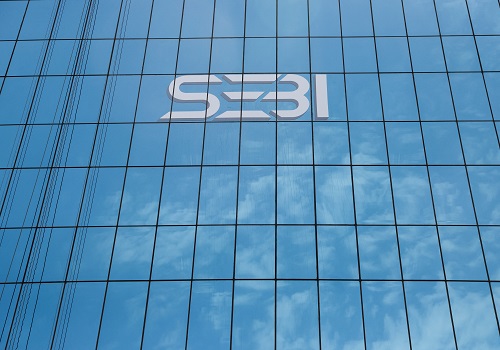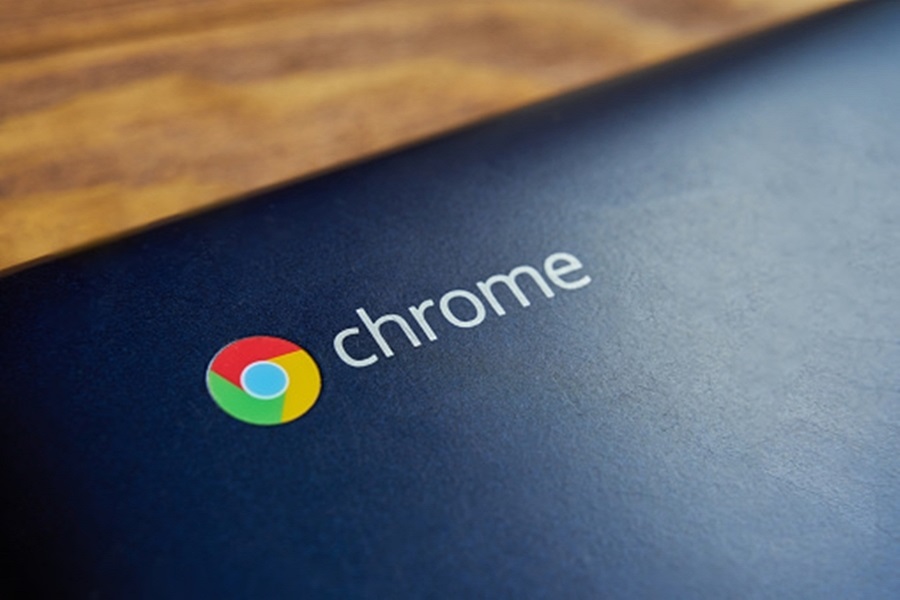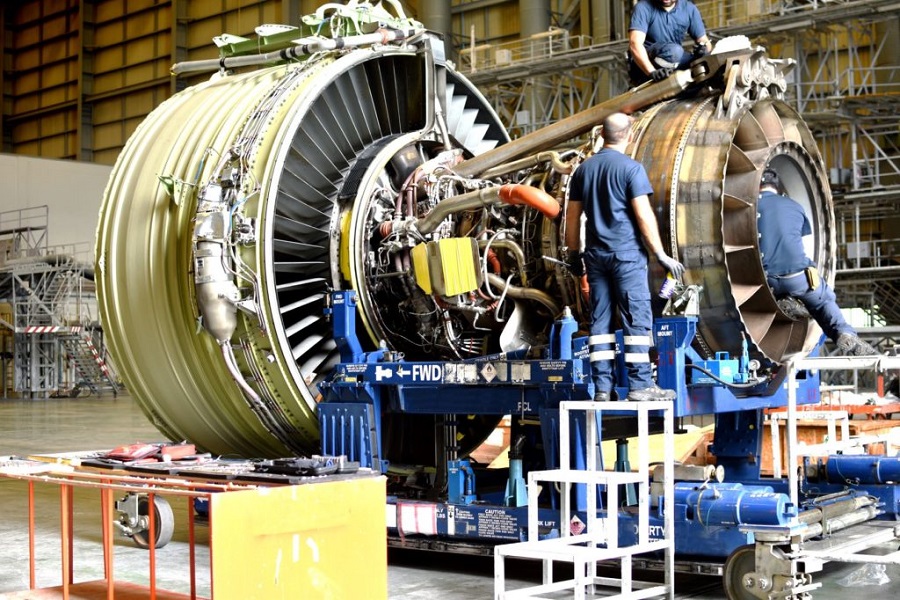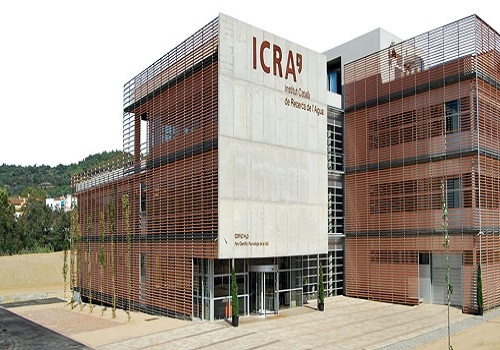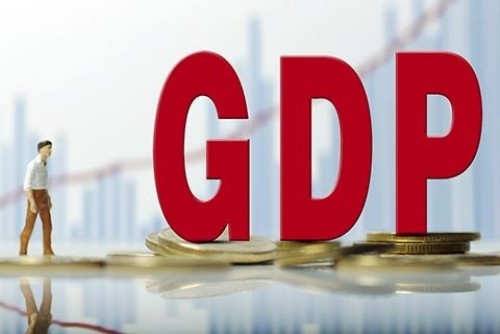India Strategy : Q1FY23 trends indicate expansion of PAT/ GDP ratio will continue over FY22-24; demand pattern robust while input costs bite into profits - ICICI Securities

Follow us Now on Telegram ! Get daily 10 - 12 important updates on Business, Finance and Investment. Join our Telegram Channel
Around 59% weight in the NSE200 universe has declared Q1FY23 results so far (till 27th July) and the free float PAT growth stands at ~21%(YoY) so far with bulk of profit growth share emanating from cyclicals (banks, industrials & discretionary consumption) while the contraction was driven by metals, IT and cement. In terms of expectations, it is another quarter of in-line earnings with largely equal distribution of beats and misses. The aforementioned trends indicate that ‘PAT to GDP’ ratio will continue to expand as consensus forward estimates of 15-16% growth for the NIFTY50 index (> nominal GDP growth expectations) over FY22-24E appear credible going by the beat miss ratio so far. Mid and small cap index earnings growth to exceed NIFTY50 as they contain bulk of the severely impacted sectors which are observing normalising demand at better than expected rate. However, these base effects will start fading beyond FY23-24. Another key highlight of Q1FY23 results so far has been the better-than-expected top-line growth (+30% YoY for non-financials) driven by not just a favourable base effect but better-than-expected volumes as well as price realisations. On the flip side, EBITDA and PAT growth have lagged due to cost pressures across the board. Financials on the other hand are exhibiting improving top-line growth (NII growth) as well as PAT growth driven by lower credit costs even though other operational expenditure remains elevated. The sharp drop in commodity prices seen across the board in Q2FY23 so far could tilt the scale going ahead towards improving profitability for non-financial companies, if the robust demand pattern persists and input costs slump. However, depreciation of INR could offset some of the benefits of commodity price dip.
Key macro demand trends visible in Q1FY23 corporate results:
* Gross fixed capital formation and manufacturing showing robust demand, but cost pressure impacts earnings
* Infrastructure, capital goods, construction and building material demand robust. Robust volume growth of 19% (grey cement) by Ultratech, strong orderbook growth of L&T and robust power demand for Tata Power indicate improving construction, industrial and capex related activity. Building material companies (Kajaria Ceramics, Greenpanel, Century Plyboards) and real estate (Macrotech) also provided strong in-line Q1 results. However, cost pressures dented profitability for most companies.
* Oil & gas showed robust growth on record high GRMs which have reversed (sharply lower) in Q2FY23, and will therefore keep earnings muted going ahead.
* Metals have delivered better-than-expected results although absolute growth slumped on declining realisations and cost pressures.
* Chemical companies had a mixed quarter with some robust results (PCBL, SRF, Guj Fluoro) and a few misses (Navin fluorine, Tatva Chintan).
* Auto and ancillary companies have shown improvement in demand (Bajaj Auto, Maruti, Ceat and Mahindra CIE) but raw material costs have impacted earnings growth.
* Consumer staples demand robust so far. Unlike the fear of a slump in overall consumption demand, Q1 results for HUL and Jyothy Labs did not disappoint although other companies with higher weightage of mass consumption categories will throw more light on the overall consumption trends.
* Normalisation of discretionary consumption demand in the contact-intensive areas of physical retail, entertainment, gaming and leisure as covid-related restrictions fade away. Q1FY23 results of retailers, cinema chain, spirits, casino/hotel operator (Reliance Retail, DMart, United Spirits, PVR, Delta Corp) indicate that post removal of covid restrictions, physical channels of retail sales, entertainment, gaming and leisure are returning to normalcy fast and the upcoming festive season could see strong demand patterns. Anecdotal evidence also indicates rising demand trends observed across the physical consumption channels like malls, cinema, tourism etc. However, higher input cost including power and fuel cost, plus rise in employee cost impacts earnings.
* Robust credit demand, lower credit cost so far although there are hints of a rise in NPA. Most lenders have indicated advances growth between 3% and 5% QoQ so far which corroborates the rise in overall non-food credit growth of scheduled commercial banks of around 11.5% seen in Q1FY23 so far. Fortnightly data available for July’22 indicates credit growth has moved up further in Q2FY23 to reach the 14% mark. There is a hint of rise in GNPA QoQ although overall it remains under control which is also evidenced by lower credit costs.
* Software exports demand robust although cost pressures impact earnings. Most IT services companies have declared in-line or better-than-expected top-line growth indicating demand environment remains robust although cost pressures driven by higher attrition impact earnings.
To Read Complete Report & Disclaimer Click Here
For More ICICI Securities Disclaimer https://www.icicisecurities.com/AboutUs.aspx?About=7
SEBI Registration Number INZ000183631
Above views are of the author and not of the website kindly read disclaimer


